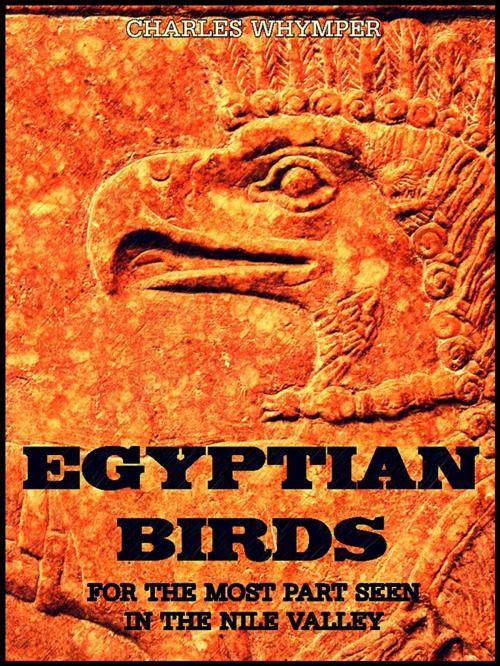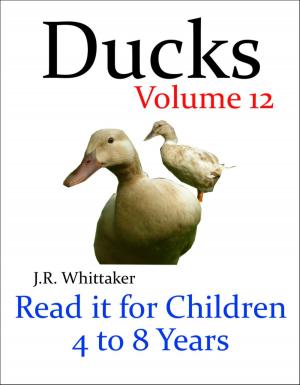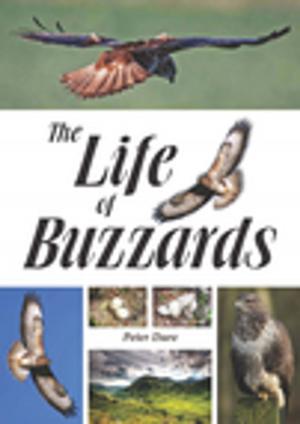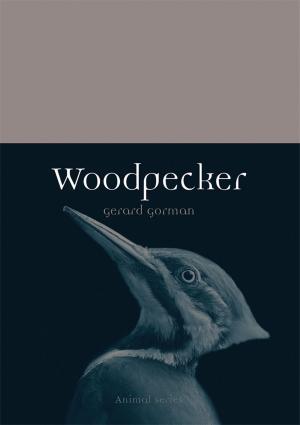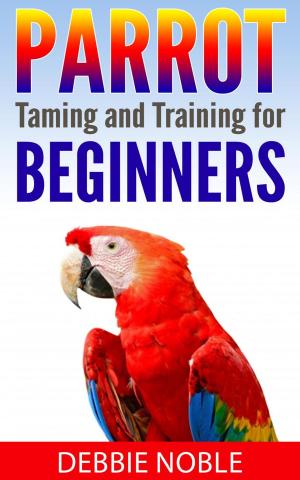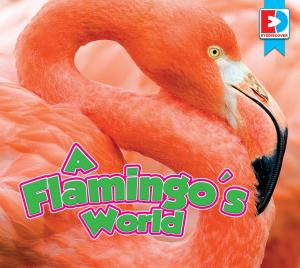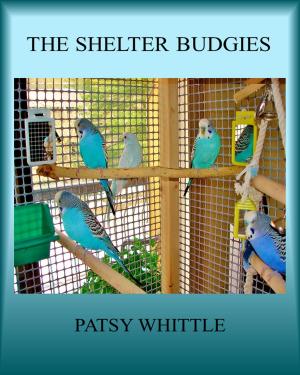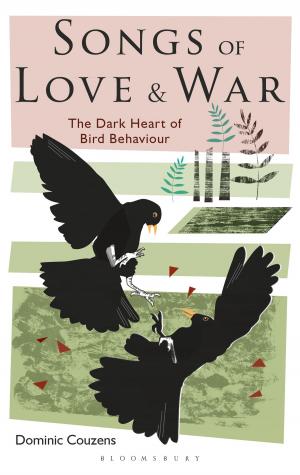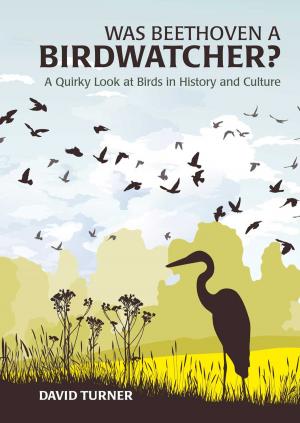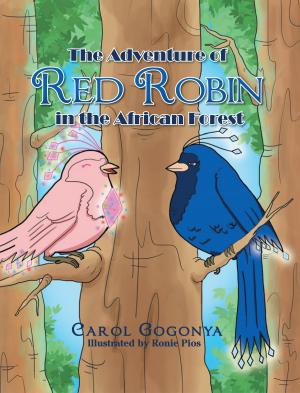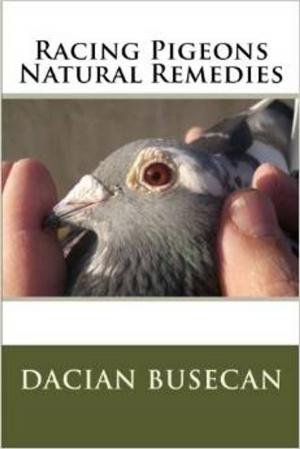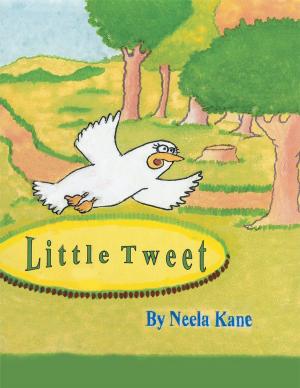Egyptian Birds
For the most part seen in the Nile Valley (Illustrations)
Kids, Natural World, Ecosystems, Environment, Animals, Birds| Author: | Charles Whymper | ISBN: | 1230000267481 |
| Publisher: | LONDON ADAM AND CHARLES BLACK | Publication: | September 11, 2014 |
| Imprint: | Language: | English |
| Author: | Charles Whymper |
| ISBN: | 1230000267481 |
| Publisher: | LONDON ADAM AND CHARLES BLACK |
| Publication: | September 11, 2014 |
| Imprint: | |
| Language: | English |
Example in this ebook
EGYPTIAN BIRDS
PLINY declares that it was by watching the flight of birds in general, and of the Kite in particular, that men first conceived the idea of steering their boats and ships with a tail or rudder, for, says he, “these birds by the turning and steering by their tails showed in the air what was needful to be done in the deep.” Nowhere can the aerial movements of birds be better studied than on the Nile, and as one’s eye becomes trained it is just by the varying individual methods of flight that one is often able to identify the particular species of birds. This is to the most casual observer self-evident in those birds that fly close, near, or over one’s head; but it is astonishing how, as the eye gets trained, even a faint speck high up in mid-air can be absolutely identified by some peculiarity of shape and movement. On Plate 2 are some half-dozen different birds depicted as in flight, to assist the reader to identify the birds he will frequently see.
No. 1 is the ordinary Kite of Egypt. Seen as soon as one lands at Alexandria or Port Said: it is with us everywhere. Its most distinctive characteristics are the forked shape of its tail, and its familiarity with man, the latter leading it to have no sort of fear of flying near one, so near that its yellow beak and ever-restless eye, as it turns its head this way or that, can easily be seen, whilst its tail, moving in sympathy, sweeps it round to right or left.
No. 2 is the Kestrel, or Windhover of England. As this hawk is not a devourer of carrion, but feeds on mice, lizards, beetles, and other living things, it does not usually come so near the habitations of men, and is rarely seen in the centre of cities, but on the outskirts of towns and up the country it is common enough. When seen hovering with its body hanging in mid-air, with its wings rapidly beating above its head as shown, there should be no difficulty in recognising it. Again, when flying low its rich brown-red plumage and sharp-pointed wings should be noted, and if seen dashing into some cleft of ruined masonry or rocky cliff-side it can often be identified by the incessant, penetrating, squeaky call of the young in the nest, for by the time most visitors are in the country, i.e. March and April, it has its young nearly fully fledged.
No. 3 is a Peregrine Falcon. In general shape this is typical of all the falcons, and gives a characteristic attitude in its rushing downward swoop. The head is blunt and sunk into the shoulders, the wings are stiff, rigid, pointed and powerful, the tail straight and firm.
Nos. 4 and 5 are Vultures shown flying farther away from the spectator’s eye, and consequently on a smaller scale. The black and white of the adult Egyptian Vulture, No. 4, is such a distinctive characteristic that recognition is easy, but in the case of the young bird the plumage is dirty brown and grey with faint dark streaks on it, and at that stage might be confused with Griffon Vultures, if it were not for its smaller size. In flying, the way it tucks its head in so that only its bill seems visible, and the very small tail in proportion to the wing area, are the outstanding peculiarities of this, and indeed all Vultures.
No. 5 shows a distant group of Griffons, purposely placed at a distance, as on the small space of a page, if they were brought as near the eye as the other birds, they would completely cover the whole space, for they have an enormous span of wing. Note how small the tail is, and how the head is practically invisible.
Nos. 6 and 7 are of different orders of birds altogether, one being a Stork, the other the Heron. The Storks fly with outstretched neck, whilst all of the great family of Herons fly with their neck doubled up and the head rather tucked back towards the shoulders.
To be continue in this ebook................................................................................................................
Example in this ebook
EGYPTIAN BIRDS
PLINY declares that it was by watching the flight of birds in general, and of the Kite in particular, that men first conceived the idea of steering their boats and ships with a tail or rudder, for, says he, “these birds by the turning and steering by their tails showed in the air what was needful to be done in the deep.” Nowhere can the aerial movements of birds be better studied than on the Nile, and as one’s eye becomes trained it is just by the varying individual methods of flight that one is often able to identify the particular species of birds. This is to the most casual observer self-evident in those birds that fly close, near, or over one’s head; but it is astonishing how, as the eye gets trained, even a faint speck high up in mid-air can be absolutely identified by some peculiarity of shape and movement. On Plate 2 are some half-dozen different birds depicted as in flight, to assist the reader to identify the birds he will frequently see.
No. 1 is the ordinary Kite of Egypt. Seen as soon as one lands at Alexandria or Port Said: it is with us everywhere. Its most distinctive characteristics are the forked shape of its tail, and its familiarity with man, the latter leading it to have no sort of fear of flying near one, so near that its yellow beak and ever-restless eye, as it turns its head this way or that, can easily be seen, whilst its tail, moving in sympathy, sweeps it round to right or left.
No. 2 is the Kestrel, or Windhover of England. As this hawk is not a devourer of carrion, but feeds on mice, lizards, beetles, and other living things, it does not usually come so near the habitations of men, and is rarely seen in the centre of cities, but on the outskirts of towns and up the country it is common enough. When seen hovering with its body hanging in mid-air, with its wings rapidly beating above its head as shown, there should be no difficulty in recognising it. Again, when flying low its rich brown-red plumage and sharp-pointed wings should be noted, and if seen dashing into some cleft of ruined masonry or rocky cliff-side it can often be identified by the incessant, penetrating, squeaky call of the young in the nest, for by the time most visitors are in the country, i.e. March and April, it has its young nearly fully fledged.
No. 3 is a Peregrine Falcon. In general shape this is typical of all the falcons, and gives a characteristic attitude in its rushing downward swoop. The head is blunt and sunk into the shoulders, the wings are stiff, rigid, pointed and powerful, the tail straight and firm.
Nos. 4 and 5 are Vultures shown flying farther away from the spectator’s eye, and consequently on a smaller scale. The black and white of the adult Egyptian Vulture, No. 4, is such a distinctive characteristic that recognition is easy, but in the case of the young bird the plumage is dirty brown and grey with faint dark streaks on it, and at that stage might be confused with Griffon Vultures, if it were not for its smaller size. In flying, the way it tucks its head in so that only its bill seems visible, and the very small tail in proportion to the wing area, are the outstanding peculiarities of this, and indeed all Vultures.
No. 5 shows a distant group of Griffons, purposely placed at a distance, as on the small space of a page, if they were brought as near the eye as the other birds, they would completely cover the whole space, for they have an enormous span of wing. Note how small the tail is, and how the head is practically invisible.
Nos. 6 and 7 are of different orders of birds altogether, one being a Stork, the other the Heron. The Storks fly with outstretched neck, whilst all of the great family of Herons fly with their neck doubled up and the head rather tucked back towards the shoulders.
To be continue in this ebook................................................................................................................
